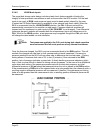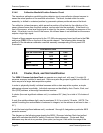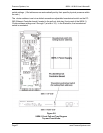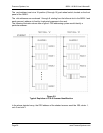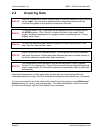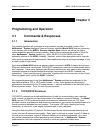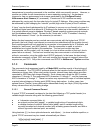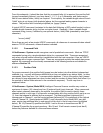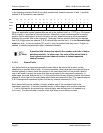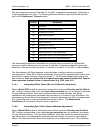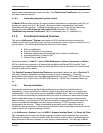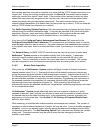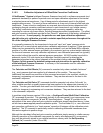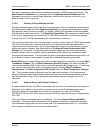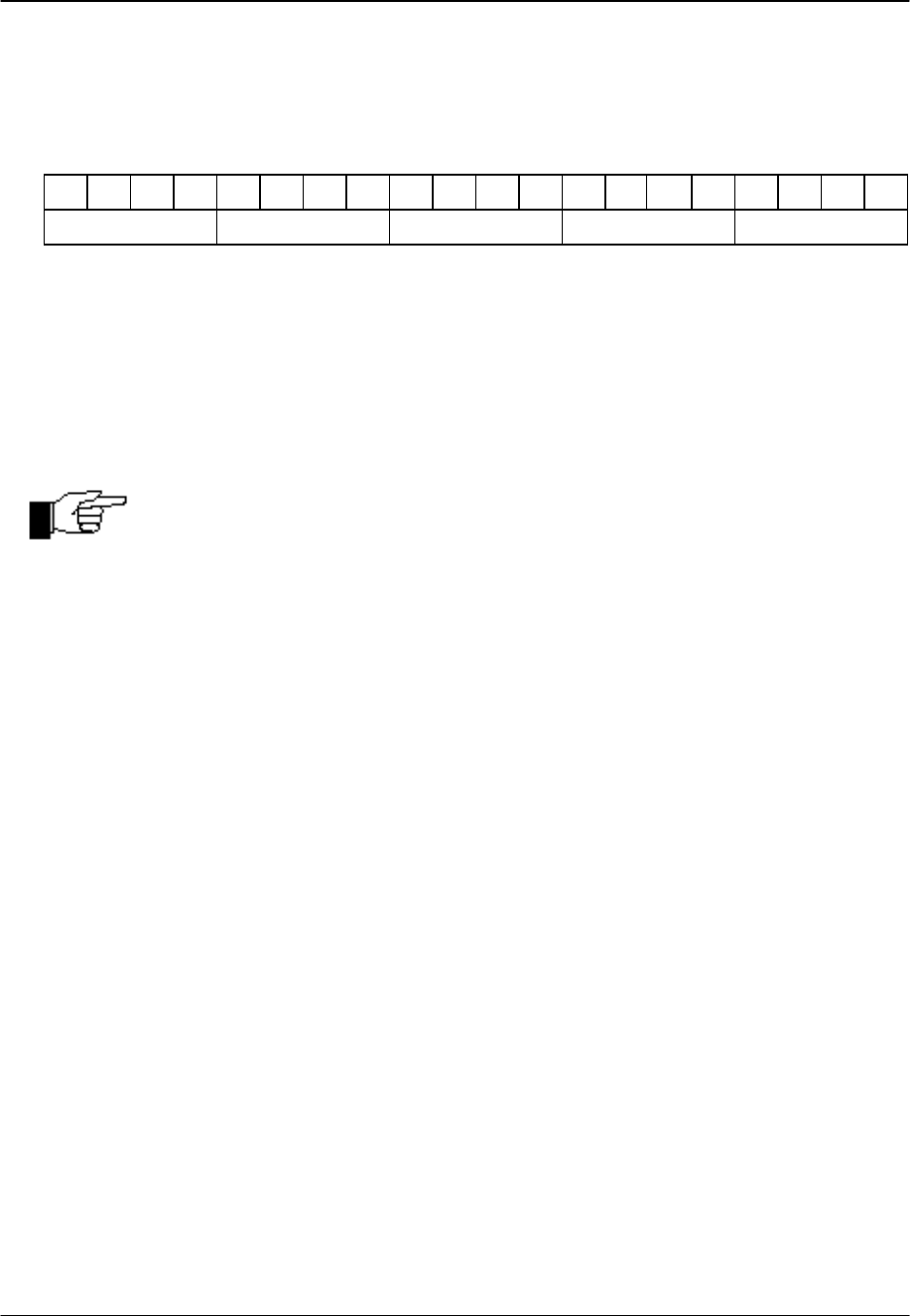
Pressure Systems, Inc. 98RK-1 & 9816 User’s Manual©
Page 33 www.PressureSystems.com
In the following example 20-bit (5-hex digit) position field, internal channels 16 and 1, and both
external P & S pressures, are selected:
Bit# 19 18 17 16 15 14 13 12 11 10 9 8 7 6 5 4 3 2 1 0
Chan# P S 16 15 14 13 12 11 10 9 8 7 6 5 4 3 2 1
Binary 0 0 1 1 1 0 0 0 0 0 0 0 0 0 0 0 0 0 0 1
Hex 3 8 0 0 1
When all applicable internal channel bits are set in the position field (i.e., FFFF for a 16-channel
9816 module), it specifies all internal channels. Alternately, some commands allow a missing
position field to designate all internal channels, but only when there are no other parameters
following the position field in the command. Optionally, the hex position field may be reduced
from 5 to 4 digits when no external (P & S) channel bits need be set (=1) in the discarded high-
order hex digit). In two commands ('C' and 'c'), only the position field may have 1-5 digits, as
needed, to specify progressively higher numbered channels.
Note
A position field bit map may specify the number and order of datum
data from module). In either case, the order of the datum fields is
from highest requested channel number to lowest requested
channel number.
3.1.3.4 Datum Fields
Any datum fields in a command generally contain data to be sent to the module, usually
specified by a position field bit map. In some commands (when data are to be received from a
module instead) no datum fields are required in the command itself, but the position field bit
map is still used to specify the order that data are returned in the command’s response. In
either case, the order bits are set (to 1) in the position field bit map (highest channel # to lowest
channel #, left to right) is the order these datum fields are received or sent. The special external
P & S channels are considered higher #’s than any internal channels #’s (16-1).
Each datum field may be variable in length, whether part of the command itself or the
command’s response. In its most common format, a datum begins with a space character
(‘ ’), and is followed by an optional sign, decimal digits, and decimal point, as needed (e.g., -
vv.vvvvvv). For other formats it may be a hex digit string or pure binary number.



